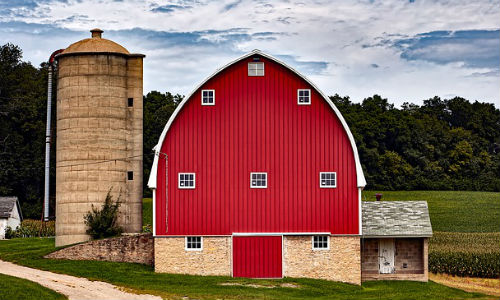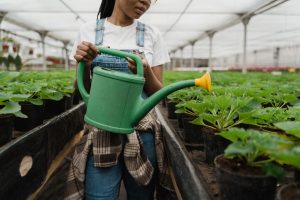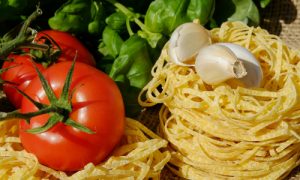Farming is a vital part of the American landscape. According to the USDA, agriculture, food, and related industries contributed $992 billion to U.S. gross domestic product (GDP) in 2015, a 5.5-percent share. If you report on a major farming region, crops and livestock have an even bigger impact on your readers’ finances. Before tackling your next agriculture piece, read these six industry stories for valuable background and insight.
New trends, new goals, new tech
For a look at what’s next on the horizon, head to a post on top 10 megatrends published on the Farm Journal website. While Americans are eating less meat than in previous decades, China appears to be stepping up to the plate: That country’s red meat and poultry consumption is projected to rise 15 percent by 2022. Other trends include shrinking water supplies, a new generation of farmers and increasing scrutiny of the treatment of livestock.
Speaking of scrunity, in A Chicken That Grows Slower and Tastes Better, The New York Times examines what it costs to produce poultry that meets consumer demand for ethical treatment. The Times reports on Perdue Farms’ efforts to increase sales to companies such as Whole Foods Market and Panera Bread. The company is experimenting in slow-growth chickens that are said to be happier—and taste better—than conventional birds.
Forbes sketches out how big data and emerging technologies will help American farmers avoid lost or wasted crops, and help consumers avoid food waste and food-related illnesses. GPS units on tractors, sensors on crops and field-patrolling drones are part of the picture.
Trump, regulations and food stamps
In late December of last year, NPR put together a list of farm initiatives and programs that are subject to substantial changes under the new administration. One of the most notable areas to watch is the Farm Bill. Up for renegotiation by the end of 2018, it funds food stamps and farm subsidies. School lunch reform, menu labeling, immigrant labor and the EPA’s Clean Water Rule are other big-deal issues that may be revisited.
Coping with climate change
A sobering article on Live Science, based on a February, 2017 talk at the Climate & Health Meeting, presents findings by Dr. Sam Myers. Myers, a medical doctor and scientist studying environmental health, warned that climate change will ultimately reduce the amount of food grown around the world and increase the number of crop pests. And while it’s predicted that the world population will grow most rapidly in and near the tropics, that is also where crops will suffer most.
In The New Yorker, Ian Frazier profiles visionaries who propose coping with climate change by growing crops without soil or sunlight. Plant beds stacked vertically inside a building are key to growing more food locally, in urban settings. This method also conserves water and eliminates pollution from agricultural runoff. While Frazier concentrates on the AeroFarms facility in Newark, New Jersey, reporters can use the story when examining vertical farms in many urban areas, including Seattle, Detroit, Houston and Chicago.











